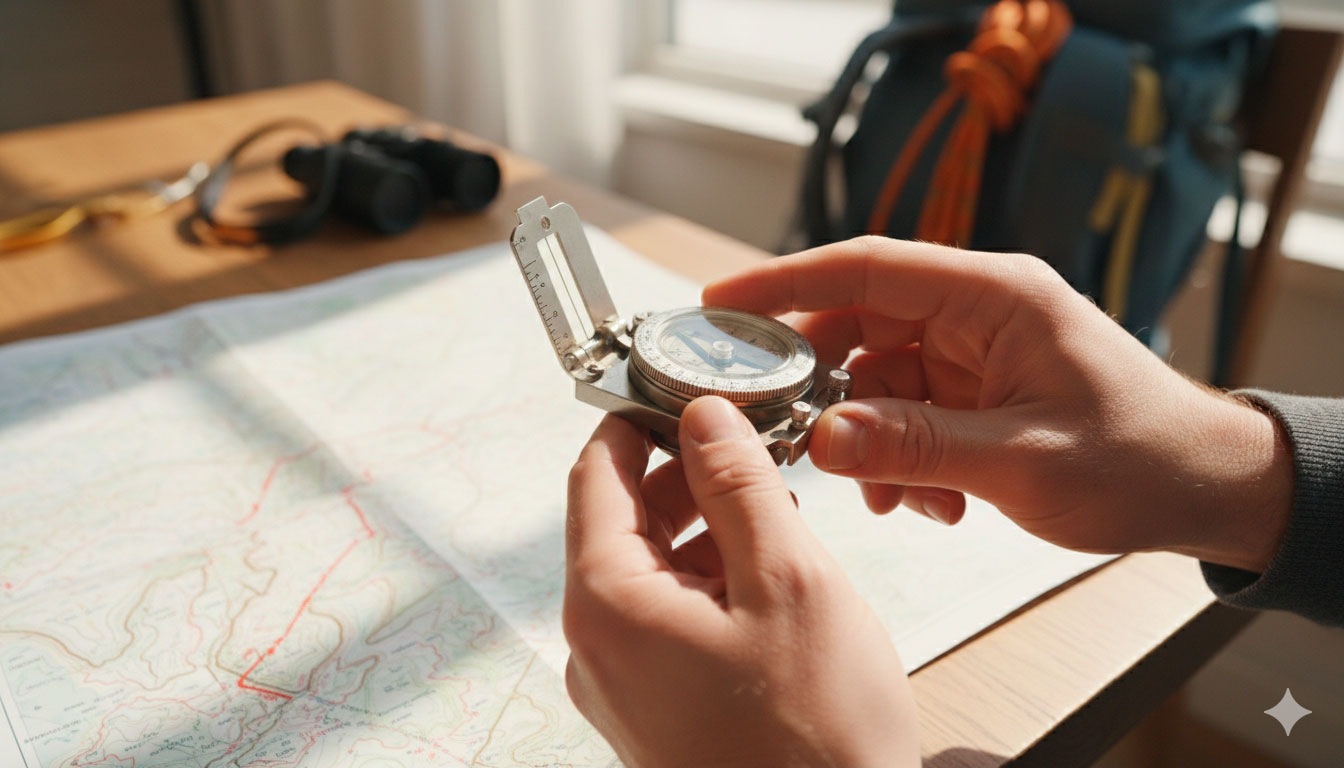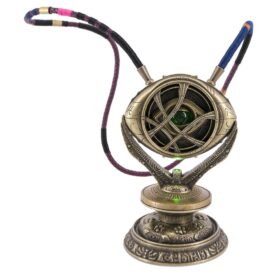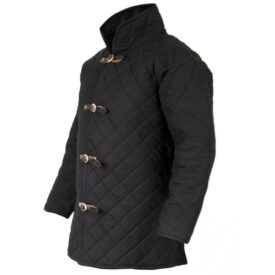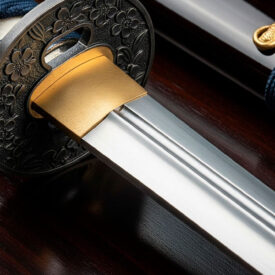Start your next journey with the certainty that every step brings you closer to your destination. Have you ever wondered how ancient explorers or intrepid sailors navigated seas and deserts with astonishing precision? The answer lies in a forgotten art: compass calibration. In a world where technology seduces us with its apparent infallibility, mastering this ancient skill is crucial for any self-respecting adventurer, from the novice hiker to the most experienced tactical strategist.
A compass, that humble instrument that seems so simple, is actually a beacon of reliability when given the attention it deserves. This article will guide you through the secrets of calibration, transforming you from a mere user into a true master of orientation. Here you will discover why calibration is so critical, how to perform it with magnetic and digital compasses, and what precautions to take to ensure your needle always points the true way. Get ready to unravel the mystery and conquer any horizon!
The Heart of Navigation: Why Calibration is Your Best Ally?
Imagine this: You are deep in a forest or in the immensity of a desert, and your compass, your faithful companion, begins to give you erroneous information. A disaster! A uncalibrated compass can deviate you from your route by kilometers, resulting in consequences ranging from an unexpected night under the stars to life-threatening situations.
The calibration of a compass is not a simple step, it is a vital discipline that eliminates cumulative errors. It ensures that every reading you take is an immutable truth, and not a fantasy of the magnetic field. But what invisible forces conspire against the precision of your compass?
Factors Affecting Your Compass’s Accuracy: A Look
- Magnetic Interference: In the digital age, we are surrounded by magnetic fields. Your smartphone, your car keys, metal structures, and even certain types of rocks can deflect the needle from its true north.
- Magnetic Declination: The Earth is not perfect, and neither is its magnetic field. Declination is the difference between Geographic North (the real one) and Magnetic North (the one your compass points to). This angle varies according to your location and, if you ignore it, you could deviate more than 170 meters for every kilometer traveled in areas with high declination.
- Wear and Damage: Like any tool, the passage of time or an accidental blow can affect the delicate internal mechanics of your compass, reducing its accuracy.
- Temperature Changes: Extreme temperature fluctuations can alter the behavior of the magnetometer, especially in digital compasses.
The Adventurer’s Rhythm: How Often to Calibrate?
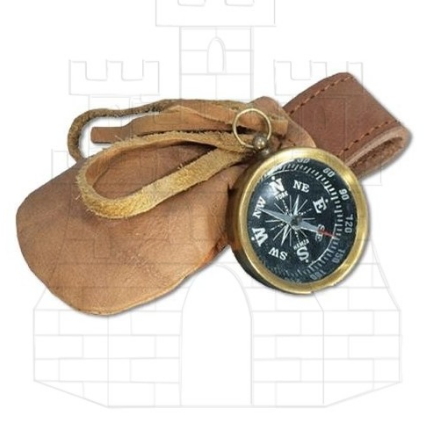 The answer to this question is simple, yet crucial: always before each important journey. Think of it as sharpening your sword before battle. For those who use their compass regularly and in different environments, calibration should be a pre-expedition ceremony.
The answer to this question is simple, yet crucial: always before each important journey. Think of it as sharpening your sword before battle. For those who use their compass regularly and in different environments, calibration should be a pre-expedition ceremony.
If you are an occasional explorer, a seasonal calibration might suffice. However, be vigilant. If you notice erratic readings or your compass seems to be playing tricks on you, recalibrate immediately! Prudence is the navigator’s best armor.
The Art of Calibration: Methods According to Your Compass
Not all compasses are the same, and therefore, they are not calibrated in the same way. From robust magnetic compasses that have served generations of explorers, to the sophisticated digital compasses of your smartphone, each has its own adjustment ritual.
Traditional Magnetic Compasses: The Journey to True North
These are the inseparable companions of hikers and mountaineers. Their calibration is a dialogue with the Earth’s magnetic field.
Magnetic Declination Adjustment: The Secret to Precision
This is, perhaps, the most critical step. Ignoring declination is like trying to build a castle without blueprints. Follow these steps to master it:
- Know your Local Declination: Before you leave, research the magnetic declination of your area. Consult topographic maps (look for the information box) or use online resources such as the National Geographic Institute.
- Adjust your Compass: Most quality compasses have an adjustment system on the rotating limb (the graduated circle). Look for a small adjustment screw. Use it to align the needle so that it compensates for declination. Once adjusted, your compass will show you Geographic North, not Magnetic North.
Field Calibration Process: The Initiation
- Choose the Calibration Sanctuary: Head to an open area, away from any metallic objects, electronics, vehicles, or structures that could interfere with the magnetic field. Forget about calibrating indoors.
- Crucial Leveling: Hold the compass level and stable, at waist height. Tilting it will falsify the needle’s reading.
- Dance with the Compass: Slowly turn your body, keeping the compass steady. Observe how the needle moves freely and aligns towards magnetic north.
- Final Adjustments: If your compass includes a screw for declination, use it to fine-tune the adjustment according to your local declination.
- The Acid Test: After each adjustment, take a bearing to a known reference point and walk towards it. If you reach your destination, congratulations! Your compass is ready for adventure.
The New Oracles: Digital Compasses and Electronic Devices
In the palm of your hand, your smartphone or GPS hides a digital compass. Although apparently simpler, it also requires its own calibration ritual.
The “Figure-Eight” Method: Dizzing the Magnetometer
This is the most effective and universal trick for devices with magnetometric sensors:
- Access Calibration Mode: Open the compass or navigation app on your device. Look for the settings or calibration option.
- The Figure-Eight Dance: Hold your device and move it in a “figure-eight” pattern in the air. Also perform wrist turns. The key is to keep the phone moving for about 30 seconds, covering all three spatial axes. This controlled “dizziness” forces the magnetometer to reset and recalibrate its orientation.
- Follow the Voices: Pay attention to the visual cues or specific instructions on the screen. Most devices will guide you until the calibration is optimal.
- The Digital Verification: Once completed, take a reading and compare it with a known direction. If everything matches, your digital oracle is ready.
Calibration in Navigation Apps: The Case of Google Maps
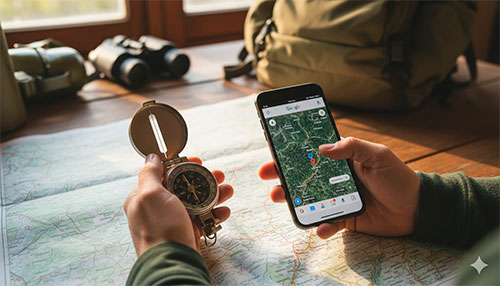 If you are a Google Maps user, the process is surprisingly simple:
If you are a Google Maps user, the process is surprisingly simple:
- Open the app on your mobile.
- Tap the blue circle that shows your current position on the map.
- From the bottom menu (“Your location”), select the “Calibrate” option.
- Follow the visual instructions, which normally involve the well-known figure-eight movement.
- Continue the movement until the app confirms optimal accuracy.
Map Calibration with Physical Compass: The Perfect Synergy
When tradition and technology unite, precision skyrockets. If you use paper maps and your physical compass, these steps are essential:
- Fundamental Alignment: Make sure the north of your compass is perfectly aligned with the north of the map. Any misalignment here will significantly deviate you.
- Navigation Corridors: Draw lines 1 to 3 kilometers on each side of your intended route on the map. These “corridors” act as virtual highways, helping you stay on track.
- Inflection Points: Identify each point where you will change direction. Calibrate your compass at these critical locations, measuring areas of at least 1 kilometer around them for maximum accuracy.
Demagnetized Compasses: The Return to Life
Even the simplest compasses can “lose their orientation” if stored near magnets. But all is not lost. You can re-magnetize them with a simple process:
- Establish Known North: Place the compass on a table so that the printed letter “N” points towards true North. You can use a map or your knowledge of local orientation.
- Use a Magnet to Reorient: Bring a magnet close and, carefully, “direct” the tip of the red needle inside the compass towards the North, using the magnetic power of the magnet.
- Stabilization: Leave the needle and compass in this position for a good while so that it stabilizes in this new magnetic orientation.
- The Final Test: Remove the magnet. The needle should now point in the correct direction, and your compass will be ready for a new life of service.
Clearing doubts about compasses and their calibration
What are the specific steps to calibrate a digital compass?
The specific steps to calibrate a digital compass vary slightly depending on the device, but here are the most common methods:
Calibration by figure-eight movement
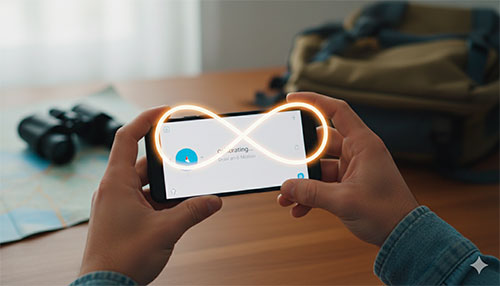 This is the most widely used method on smartphones and mobile devices:
This is the most widely used method on smartphones and mobile devices:
- Access the compass app or open Google Maps on your device
- Look for the calibration option – in Google Maps, tap the blue circle indicating your position and select “Calibrate”
- Perform the figure-eight movement in the air with the device, rotating your wrist right then left in a continuous motion
- Keep the device moving for approximately 20-30 seconds, ensuring your wrist rotates freely
- Follow the on-screen instructions if the device provides visual feedback on accuracy
- Repeat the movement until the app confirms that calibration has been successfully completed
Calibration for smartwatches
If you have a digital watch with a compass:
- Access compass mode on the device
- Press and hold the settings button for at least two seconds
- Select the bidirectional calibration option
- Perform the first calibration point by holding the watch horizontally
- Rotate the watch 180 degrees as accurately as possible
- Complete the second calibration point by confirming when prompted
Important recommendations
- Choose an appropriate location: Calibrate in an open area away from metal objects, metal structures, and appliances that cause magnetic interference
- Keep the device level during the process for more accurate results
- If errors persist: Restart the app or device, and in some cases, you can eject the SIM card and restart the phone to re-establish connection with the operator
What types of compasses exist and how is each one calibrated?
There are several types of compasses, the most common being:
- Map compasses: Designed to work on plans and maps. They usually have a transparent base, ruler and scale, which facilitates the measurement of distances and angles on topographic maps.
- Lensatic (or military) compasses: Used for terrain navigation. They incorporate a sighting system and lens to take bearings with greater precision, especially useful in open country.
- Base (orientation) compasses: The most used by hikers. They are lightweight, with a transparent base and rotating ring to easily establish bearings with maps.
- Thumb compasses: Compact and designed to be held on the thumb, ideal for runners and orienteers who need speed.
- Digital or electronic compasses: Incorporate magnetic sensors and digital screens, offering additional functions such as an electronic compass, GPS or bearing memory.
- Gyro compasses: Do not depend on the Earth’s magnetic field, but on physics principles (gyroscope), used mainly in maritime and aerial navigation.
Calibration: Most magnetic compasses are calibrated during their manufacture to compensate for variations in the Earth’s magnetic field according to latitude. They are divided into geographic zones (normally 1 to 5), and each compass is adjusted to function correctly in one of those zones. Digital and gyroscopic compasses usually require a manual or automatic calibration process according to the manufacturer’s instructions, to ensure accurate readings in different environments.
How does magnetic interference affect the accuracy of a compass?
Magnetic interference affects the accuracy of a compass by distorting the Earth’s magnetic field that the needle needs to detect to orient itself correctly.
Interference mechanism
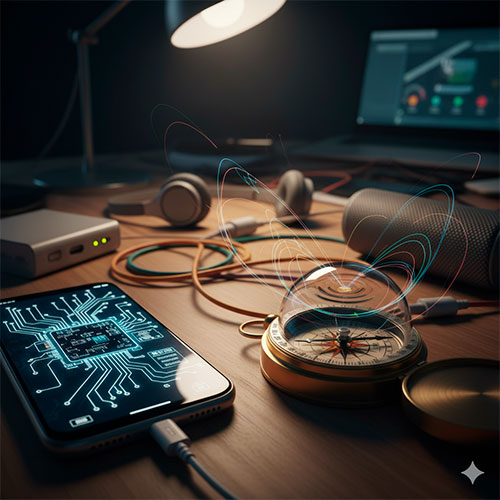 A compass works by aligning itself with the magnetic lines of the Earth’s field. When there are nearby sources of magnetic interference, their own magnetic fields overlap with the Earth’s field, causing the needle to deviate from its true north-south alignment. This effect occurs because the magnetic sensor is very sensitive and can be interfered with even by relatively weak magnetic fields in its vicinity.
A compass works by aligning itself with the magnetic lines of the Earth’s field. When there are nearby sources of magnetic interference, their own magnetic fields overlap with the Earth’s field, causing the needle to deviate from its true north-south alignment. This effect occurs because the magnetic sensor is very sensitive and can be interfered with even by relatively weak magnetic fields in its vicinity.
Main sources of interference
Magnets and magnetic devices: A strong magnet can cause the needle to deviate significantly. If a compass is exposed to a powerful magnet for a prolonged period, the magnetic field can permanently magnetize the needle or other internal components, causing permanent inaccurate readings.
Metal objects: Ferrous metals such as iron and steel can create local magnetic fields. Large metal structures such as bridges, ships and buildings alter the compass, but even small objects such as keys, jewelry or headphones can affect accuracy if they are close enough.
Electronic devices: Smartphones, GPS, electrical equipment and high-voltage lines emit strong electromagnetic fields that interfere with compass readings.
Consequences of interference
Magnetic interference can cause anything from slight deviations in the indicated direction to completely incorrect readings. If the compass has been exposed to severe interference, it may need to be recalibrated or even replaced. In some cases, such as drones, the compass may record an altered magnetic field and provide completely erroneous information.
What tools or applications are recommended for calibrating a compass?
Tools and Applications for Calibrating a Compass
Integrated Applications
Google Maps is the most accessible and recommended option. The application includes a built-in calibration function that you can activate by tapping the blue circle of your location on the map and selecting “Calibrate”. The app will guide you through the figure-eight movement process and show you the current accuracy level.
Google Maps offers two calibration methods: one using the mobile’s camera with Live View, and another using the traditional compass when the camera method is not feasible.
Specialized Applications
GPS Status & Toolbox is a specialized application designed for Android users who want to optimize GPS and compass performance. This application displays detailed information about satellite signal strength, accuracy, speed and altitude, and includes specific tools to calibrate the device’s compass. The PRO version removes advertising and adds advanced features, being especially useful for outdoor activities such as hiking.
Compass Calibration is an application available on the Google Play Store specifically designed for this purpose, allowing you to calibrate the exact direction of your location.
Tools on Specialized Devices
For smartwatches like COROS, calibration is performed by accessing the watch’s toolbox (pressing and holding the BACK/LAP button) and navigating to System → Sensors → Calibration → Compass. You can then verify the calibration by comparing it with your phone’s compass.
Garmin brand GPS devices also include native calibration functions in their main menus.
How long is it recommended to calibrate a compass before a journey?
A compass should be calibrated before each trip if you use your compass frequently in various environments. For occasional use, calibrating once per season or when you notice inaccuracies may be sufficient.
Additionally, it is good practice to check your compass before each journey and recalibrate it regularly, especially after being exposed to strong magnetic fields.
Ideally, you should calibrate your compass immediately before starting the journey to ensure accurate readings during your navigation.
VIEW PRECISION COMPASSES | VIEW SURVIVAL SHOVELS | DISCOVER BUSHCRAFT KNIVES
